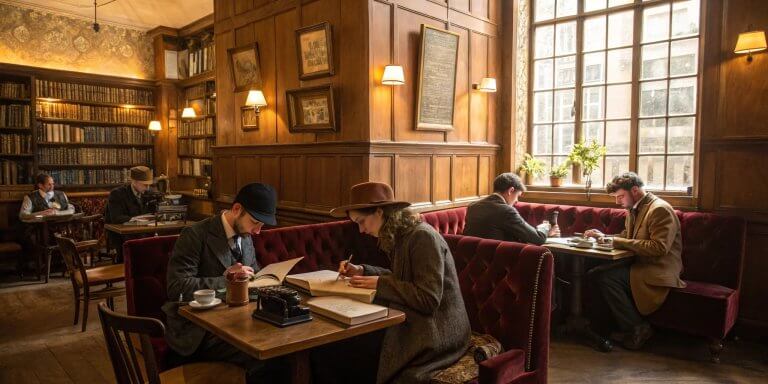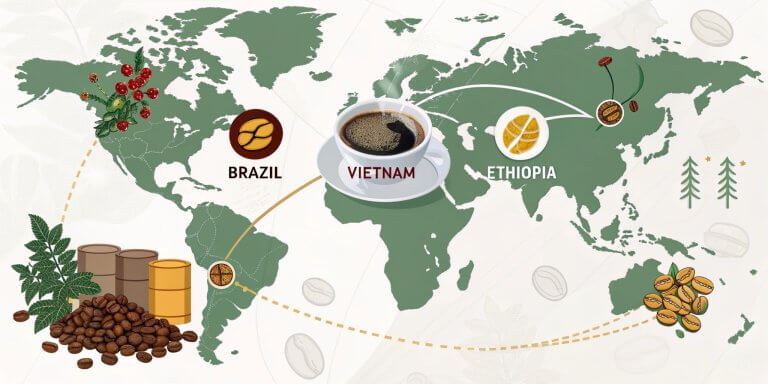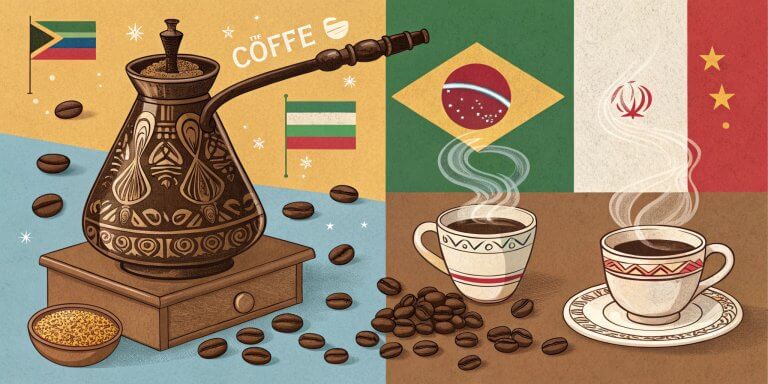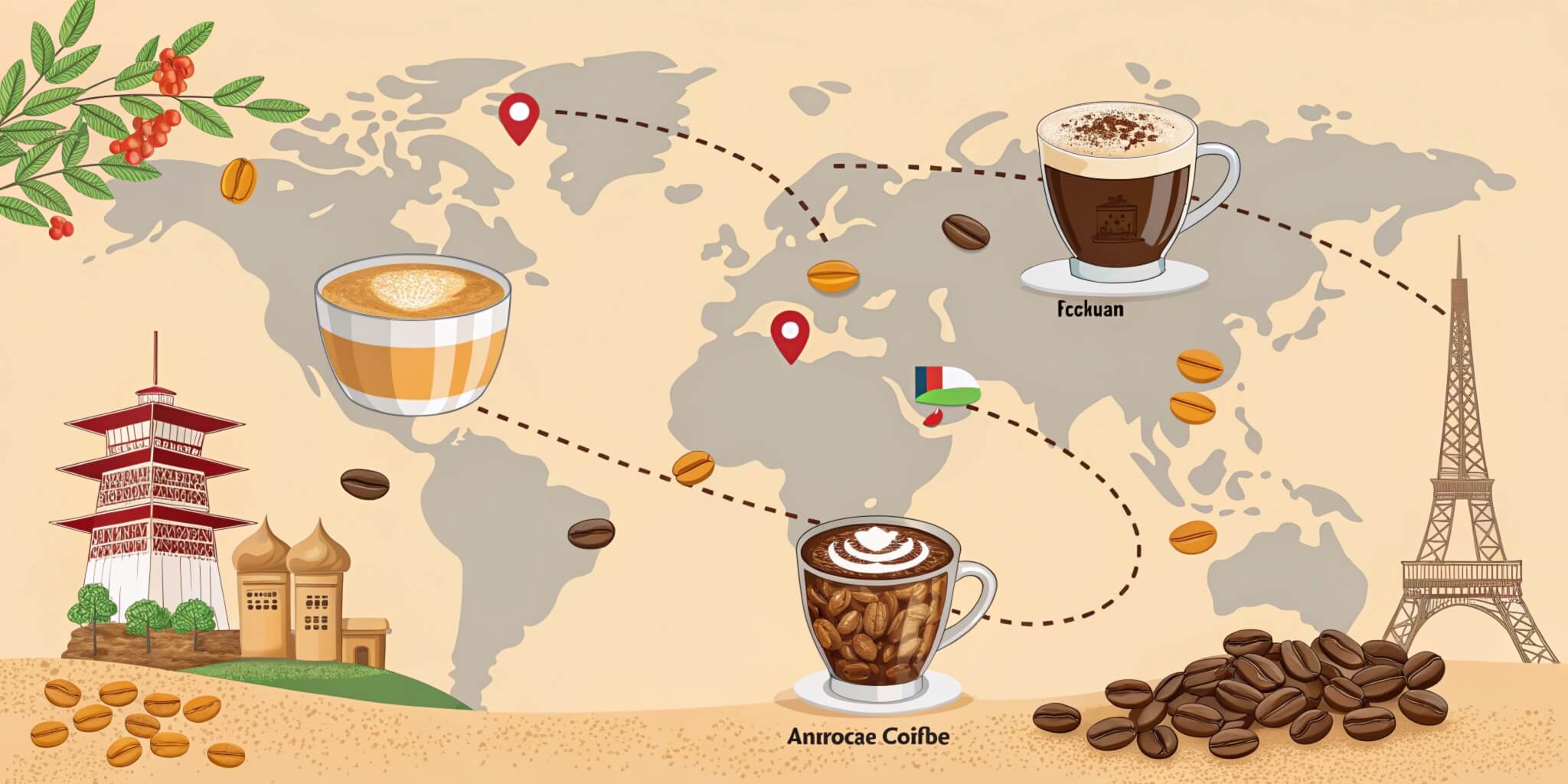
Coffee has always been more than a beverage. It’s a ritual, a tradition, and, in many cultures, a symbol of hospitality. However, over the past few decades, coffee has become a global phenomenon, with its culture evolving and transforming as it has spread across borders. Coffee Influence has played a massive role in this transformation, shaping how coffee is consumed, prepared, and even viewed worldwide. From the traditional Italian espresso to the modern-day Frappuccino, coffee’s journey reflects the ever-changing influence of culture, commerce, and consumer tastes.
The Rise of Espresso: Italy’s Cultural Export
Espresso is one of Italy’s most iconic contributions to coffee culture. First created in the early 20th century, espresso quickly became central to daily life in Italy. Italians enjoy their espresso standing at the bar, swiftly consumed in small sips. It’s not just a caffeine fix; it’s part of the social fabric, with people gathering at cafés to discuss news, politics, and daily life.
This traditional Italian ritual has spread far beyond the country’s borders through globalization. Today, espresso is available in almost every corner of the world, and it has formed the foundation for many popular coffee drinks, such as cappuccinos and lattes. Despite its global presence, however, espresso continues to be a symbol of Italian heritage.
The Starbucks Revolution: Coffee as an Experience
One of the most significant changes in global coffee culture came with the rise of Starbucks in the 1980s and 1990s. Starbucks didn’t just sell coffee; it revolutionized the coffee experience. The brand introduced customers to coffee-based drinks like the Frappuccino and created a unique ‘third place’ between home and work where people could relax, meet, and enjoy their coffee comfortably.
Starbucks played a pivotal role in shaping modern coffee culture, particularly in countries where coffee consumption wasn’t a daily habit. For example, coffee was largely unknown in China once Starbucks entered the market. Today, China is one of the fastest-growing coffee markets in the world, driven by the demand for the café experience that Starbucks offers.
Third Wave Coffee: A Focus on Quality and Sustainability
The next significant shift in coffee culture came with the “Third Wave Coffee” movement, which emphasized quality, sustainability, and transparency. Coffee enthusiasts began to focus on the origin of the beans, the method of production, and the nuances of flavor, similar to how wine connoisseurs appreciate fine wine.
This movement brought a renewed respect for the art of coffee-making, with baristas becoming coffee sommeliers and coffee shops becoming more like artisanal spaces where the story behind each cup mattered. This wave of coffee culture originated in places like the U.S. and Scandinavia but quickly spread globally as people began seeking specialty coffees and cafés prioritizing sustainability.
The Role of Social Media in Spreading Coffee Culture
Social media has become a powerful tool in the globalization of coffee culture. Platforms like Instagram and TikTok have turned coffee into a lifestyle trend, with viral coffee creations like Dalgona coffee spreading rapidly across the globe. This digital influence has not only popularized new coffee habits but also provided a platform for independent coffee shops and small-scale producers to reach a global audience.
In addition, social media has allowed independent coffee shops and small-scale producers to reach global audiences. It has enabled consumers to discover new brewing methods, like cold brew or nitro coffee, and to explore the diversity of coffee traditions worldwide.
Coffee in Emerging Markets: A New Global Habit
Globalization has not only spread coffee to new regions but also introduced it to new demographics. In countries like China and India, where tea is traditionally dominated, coffee is gaining popularity among young urban professionals. This shift is driven by lifestyle changes and a growing middle class that sees coffee shops as more than just a place to drink coffee-they are social hubs, workspaces, and relaxation spots, contributing to the evolution of global coffee culture.
In countries where coffee wasn’t historically a daily habit, such as South Korea, Japan, and Vietnam, globalization has introduced a new generation to the beverage. In South Korea, for example, the café culture is booming, with a mix of local and international coffee shops serving everything from traditional espresso drinks to Korean-style sweet coffee concoctions.
The Cultural Fusion of Coffee: From Flat Whites to Frappuccinos
As coffee has traveled worldwide, it has also fused with local cultures to create new and unique beverages. For instance, in Australia and New Zealand, the flat white—a smaller, more robust version of a latte—has become a national favorite and has been exported to other parts of the world. Similarly, in Japan, iced coffee drinks have become popular, reflecting the country’s appreciation for precision and creativity in beverage preparation.
The Frappuccino originated at Starbucks and is another example of how global coffee culture has transformed. Combining elements of espresso, milk, and ice cream, the Frappuccino represents the fusion of different cultural tastes and the creation of something entirely new. These fusion drinks highlight how coffee culture constantly evolves and adapts to people’s preferences worldwide.
Conclusion
From its roots in Italy’s espresso bars to the global spread of Starbucks and beyond, coffee culture has transformed dramatically through globalization. What was once a simple drink has become an international phenomenon, shaped by consumer preferences, lifestyle trends, and cultural exchange. Today, coffee is enjoyed in countless forms worldwide, from traditional brews to modern concoctions, each cup representing a small part of the global coffee journey.
As globalization continues, coffee will undoubtedly evolve further. It will continue to bridge cultures and connect people from different backgrounds through the shared experience of a good cup of coffee.
References:
- “The Evolution of Coffee Culture Worldwide,” – Coffee Craze Blog.
- “The World in a Cup: Coffee and Globalization,” – Worcester State University.
- “The Globalization of Starbucks,” – ArcGIS StoryMaps.
- “Coffee and Globalization: A Beverage That United Continents,” – Viva Gains.

